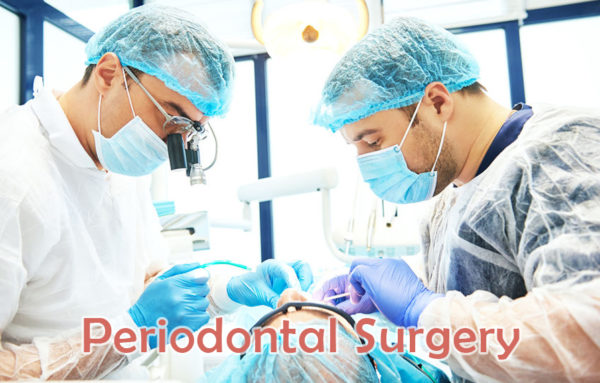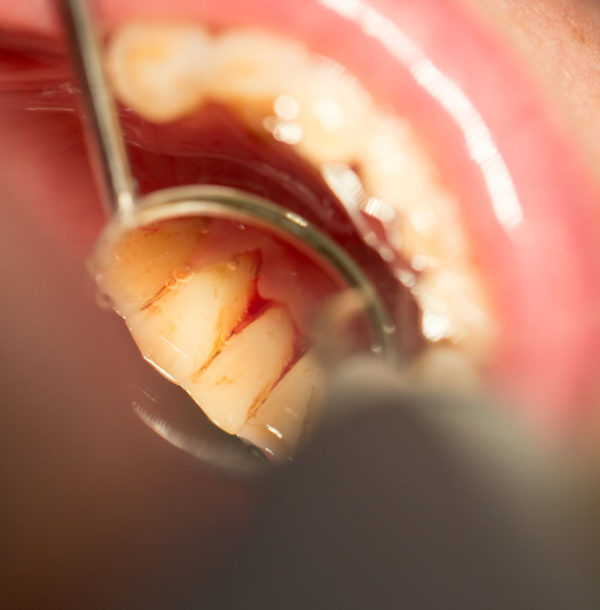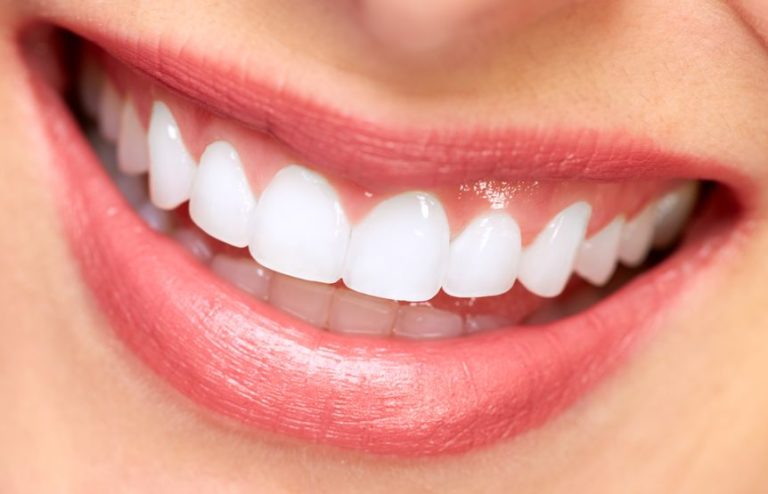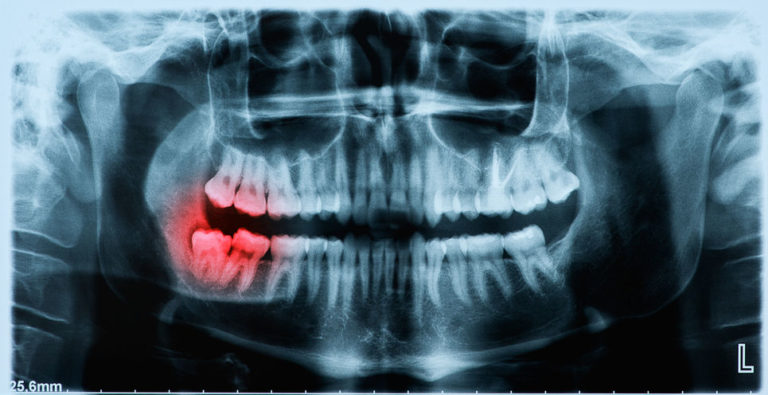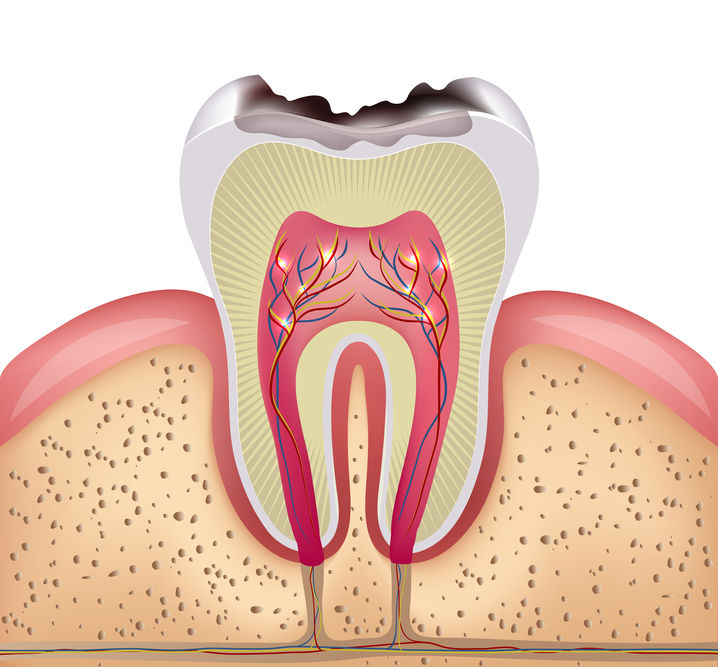Treatment for Periodontal Disease
The goal of periodontal therapy is to correct and preserve the dentition in a state of health, comfort, and function with appropriate aesthetics throughout the lifetime of an individual.
Special dental cleanings, medications, and surgery are among the treatments for this diseases. The sooner it is treated, the better the outcome. If caught early, it may be able to be reversed with nonsurgical treatments. If the disease is more advanced, surgery may stop further damage. In many cases, it can save teeth you are in danger of losing. Much of the outcome is up to you. Your commitment to better home care (brushing and flossing) and regular professional maintenance (seeing your dentist 2-4 times a year) is a must to protect your oral health.
Non-Surgical Periodontal Treatments
Deep cleaning/Scaling and Root Planing (S/RP): This is a careful cleaning of the root surfaces to remove plaque and calculus from deep periodontal pockets and to smooth the root to remove bacterial toxins. This is NOT a prophylactic preventive maintenance visit with your hygienist every 3-6 months.
S/RP requires the use of local anesthetics to numb, so that extremely thorough cleaning can be performed either by a hygienist, or as in our office, the doctor himself. The mouth is divided into 4 quadrants for insurance purposes and S/RP is usually done 2 quadrants at a time.
Most periodontists would agree that after S/RP, many patients do not require any further active treatment. However, the majority of patients will require ongoing professional cleanings to sustain their dental health.
Medications: Oral antibiotics as well as anti-microbial mouth rinses can be prescribed short-term to control bacteria and treat acute periodontal infection. Other medicinal treatments include antibiotic gels, slow-release antiseptic chips, micro-spheres, and enzyme suppressants used after S/RP procedures.
Non-surgical treatment does have its limitations. When it does not achieve the desired results, surgery may be indicated to restore periodontal health.
For further information on any and all procedures, please visit: https://www.perio.org/consumer/patient-resources
Periodontal Surgical Treatments
AAP treatment guidelines stress that periodontal health should be achieved in the least invasive and most cost-effective manner. Unless the tooth has so much bone loss along with mobility or if the longterm prognosis is poor, surgical treatment can help patients avoid costly extractions and dental implants.
Pocket Reduction Surgery (Osseous Surgery)
If non-surgical treatments cannot reduce pocket depth (name of the game is keeping it clean of bacteria), surgery may be needed. Surgery on gum and bone can reduce pocket depths (easier for the patient’s daily oral care and hygienist’s ability to clean during maintenance visits) and save a tooth or teeth. It also allows the periodontist to remove tartar and reshape the damaged bone.
Certain bony defects can benefit by a regenerative therapy using bone grafting and membrane on isolated defects.

